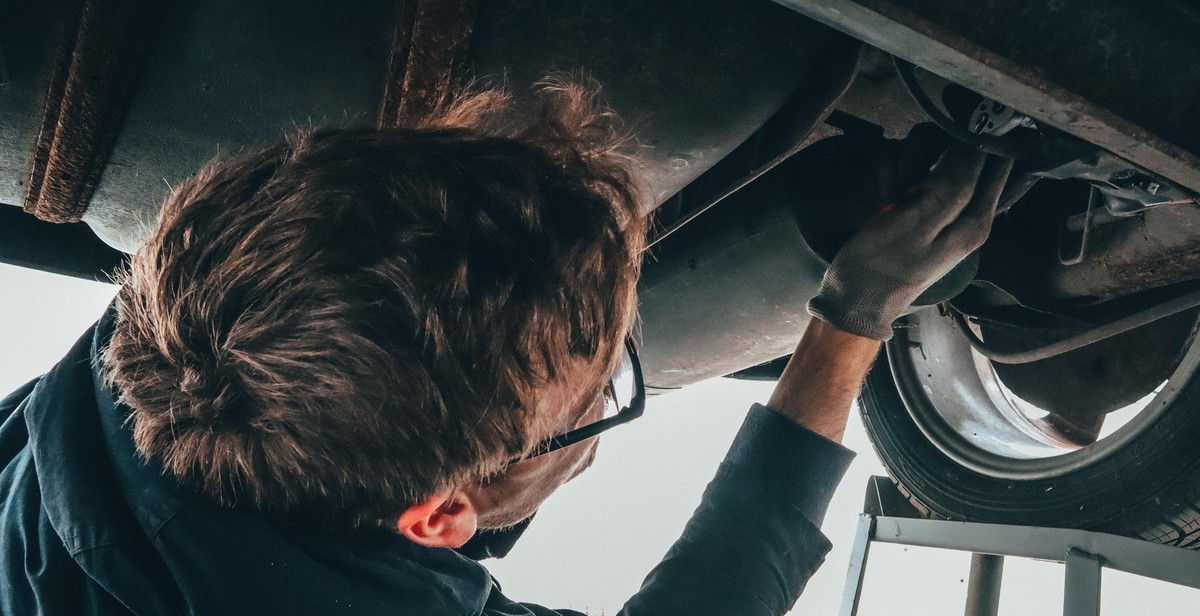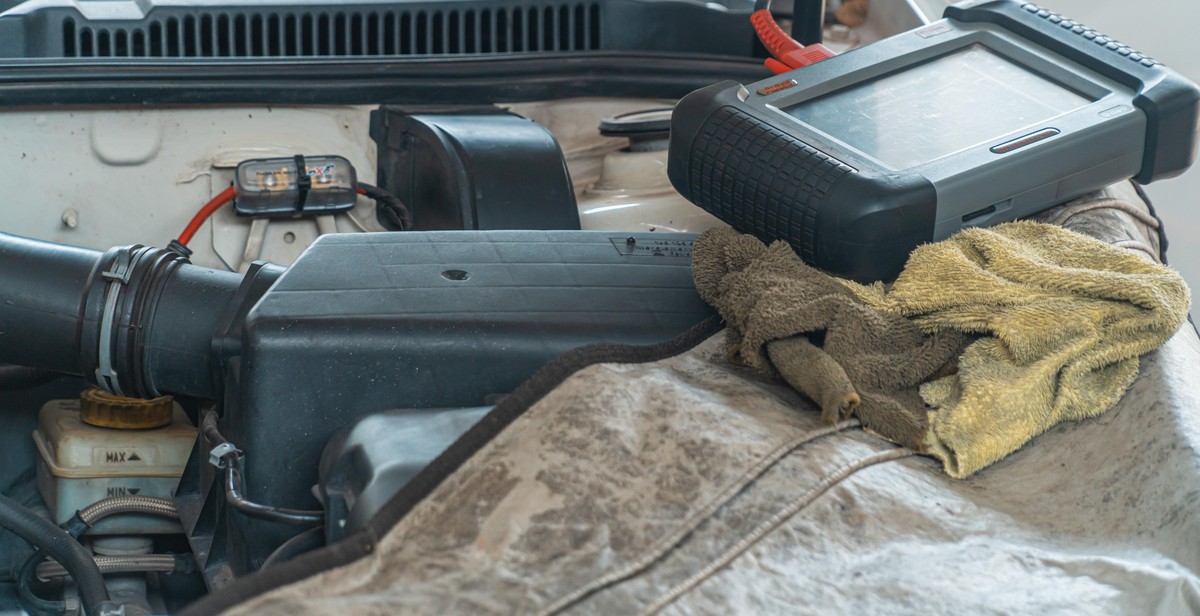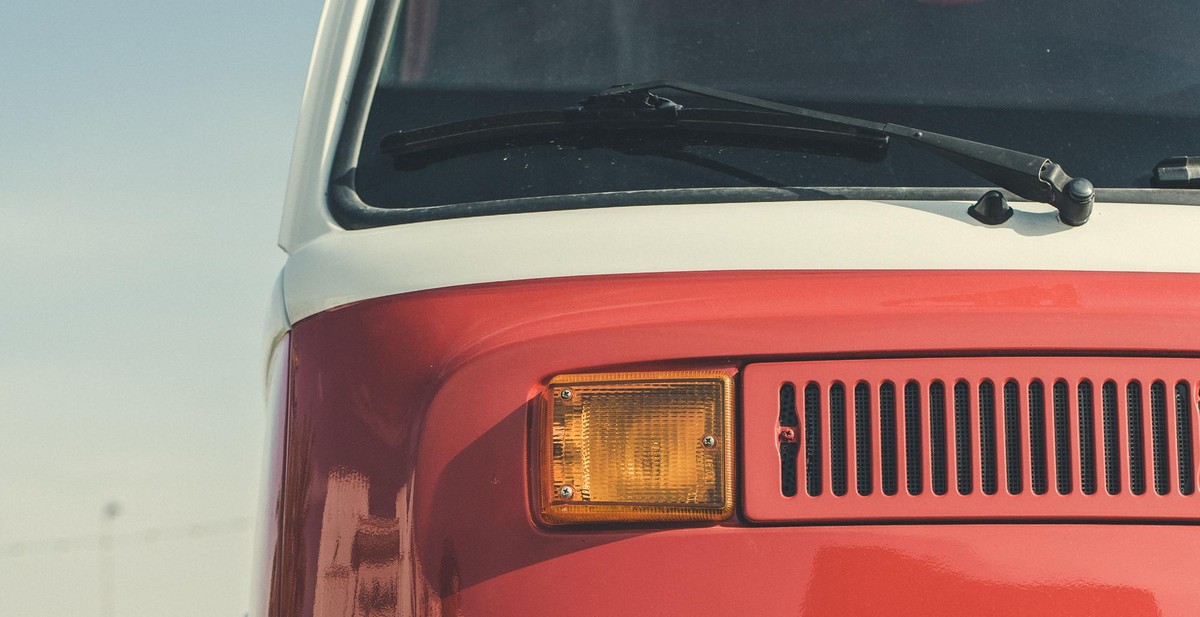Introduction: How to Perform Routine Maintenance on an Oldtimer Car
Oldtimer cars, also known as classic cars, are vehicles that are at least 20 years old and are considered to be of historical or cultural significance. These cars are often cherished by collectors and enthusiasts who appreciate their unique design, engineering, and craftsmanship.
However, owning an oldtimer car comes with its own set of challenges. These cars require regular maintenance and upkeep to keep them running smoothly and to prevent major breakdowns. In this article, we will discuss the importance of performing routine maintenance on an oldtimer car and provide some tips on how to do it.
Why Perform Routine Maintenance on an Oldtimer Car?
Oldtimer cars are not like modern vehicles, which come with advanced technology, sophisticated engines, and computerized systems that can diagnose and repair themselves. These cars are often simpler in design and require more manual effort to maintain and repair.
Performing routine maintenance on an oldtimer car is essential to ensure its longevity and reliability. Regular maintenance can help prevent major breakdowns, extend the life of the car, and maintain its value. It can also help identify and fix minor issues before they turn into major problems.
What Does Routine Maintenance Involve?
Routine maintenance on an oldtimer car involves a series of tasks that need to be performed regularly to keep the car in good condition. These tasks include:
- Checking and changing the oil
- Replacing spark plugs and wires
- Checking and replacing the air filter
- Checking and replacing the fuel filter
- Checking and replacing the brake pads and rotors
- Inspecting the suspension and steering components
- Checking and replacing the belts and hoses
- Inspecting the tires and wheels
Performing these tasks regularly can help keep an oldtimer car running smoothly and prevent major breakdowns.

Why Routine Maintenance is Important
Routine maintenance is essential for keeping any car in good working condition, but it is particularly important for oldtimer cars. Regular maintenance not only ensures that the car remains safe to drive, but it also helps to preserve its value over time.
Safety
Safety is the most important reason to perform routine maintenance on an oldtimer car. These cars are often decades old and have unique features that require special attention. Failing to maintain these features could result in accidents or other safety hazards.
For example, oldtimer cars may have outdated braking systems or steering mechanisms that need to be checked and serviced regularly. They may also have worn-out tires or suspension components that need to be replaced to ensure safe handling on the road.
Regular maintenance can also help prevent breakdowns and other issues that could leave you stranded on the side of the road. By addressing potential problems before they become major issues, you can avoid costly repairs and keep your car running smoothly.
Preservation of Value
Another important reason to perform routine maintenance on an oldtimer car is to preserve its value. These cars are often considered collectors’ items and can be worth a significant amount of money.
By keeping your car in good condition, you can help maintain its value over time. This means regularly servicing the engine, checking and replacing fluids, and addressing any cosmetic issues that may arise.
When it comes time to sell your oldtimer car, potential buyers will be more interested in a well-maintained vehicle that has been looked after properly. By investing in routine maintenance, you can help ensure that your car retains its value and remains a valuable asset for years to come.

Preparing for Maintenance
Before starting any routine maintenance on your Oldtimer car, it is important to prepare your workspace with the right tools and equipment. Proper preparation ensures that you have everything you need to get the job done efficiently and effectively.
Tools and Equipment
Here are some of the essential tools and equipment you will need:
- A set of wrenches and sockets in various sizes
- A torque wrench
- A screwdriver set with both flathead and Phillips head
- A set of pliers, including needle-nose and locking pliers
- A multimeter to test electrical components
- A jack and jack stands to lift the car off the ground
- A creeper to slide under the car
- A funnel and oil drain pan for oil changes
- A brake bleeder kit for brake maintenance
Make sure all your tools are in good condition and functioning properly before starting any maintenance work.
Workspace
It is important to have a clean and organized workspace to ensure your safety and the safety of your car. Here are some tips for preparing your workspace:
- Clear your workspace of any clutter or debris
- Make sure your workspace is well-lit
- Ensure your workspace is well-ventilated
- Have a fire extinguisher nearby in case of emergencies
- Wear protective gear such as gloves and safety glasses
- Place a mat or cardboard under the car to catch any spills or leaks
By following these tips, you can ensure that you have a safe and efficient workspace for performing routine maintenance on your Oldtimer car.

Performing Routine Maintenance on an Oldtimer Car
Oil Change
The first step in performing routine maintenance on an oldtimer car is to change the oil. This should be done every 3,000 miles or every three months, whichever comes first. Start by draining the old oil from the oil pan. Once the oil has drained completely, remove the oil filter and replace it with a new one. Finally, refill the engine with the appropriate amount of new oil. Be sure to dispose of the old oil and filter properly.
Fluid Check and Replacement
Check all of the fluids in the car, including the transmission fluid, brake fluid, and power steering fluid. If any of the fluids are low, refill them to the appropriate level. If any of the fluids are dirty or contaminated, they should be replaced.
Brake Inspection and Adjustment
Inspect the brake pads and rotors for wear and damage. Replace any worn or damaged parts. Adjust the brakes as necessary to ensure that they are functioning properly.
Tire Maintenance
Check the tire pressure and make sure that it is at the recommended level. Inspect the tires for any signs of damage or wear. Rotate the tires every 5,000 miles to ensure even wear and prolong their lifespan.
Battery Maintenance
Check the battery terminals for corrosion and clean them if necessary. Make sure that the battery is securely fastened in place. Check the battery’s water level and add distilled water if it is low.
Electrical System Check
Inspect the electrical system, including the lights, fuses, and wiring. Replace any damaged or worn parts. Test the battery, alternator, and starter to ensure that they are functioning properly.
| Maintenance Task | Frequency |
|---|---|
| Oil Change | Every 3,000 miles or every three months |
| Fluid Check and Replacement | Every six months |
| Brake Inspection and Adjustment | Every 10,000 miles |
| Tire Maintenance | Every 5,000 miles |
| Battery Maintenance | Every six months |
| Electrical System Check | Every year |
Performing routine maintenance on an oldtimer car is essential for keeping it running smoothly and prolonging its lifespan. By following the recommended maintenance schedule and performing regular inspections and replacements, you can ensure that your car is in top condition for years to come.

Common Issues and Solutions:
Overheating:
Overheating is a common problem that oldtimer car owners face, especially during the summer months. The following are some solutions to prevent overheating:
- Check the coolant level regularly and top up if needed
- Replace the radiator cap if it is faulty
- Clean the radiator and remove any debris or dirt that may be blocking the airflow
- Replace the thermostat if it is not functioning properly
- Check the water pump and replace it if it is faulty
Rust and Corrosion:
Rust and corrosion are common issues that oldtimer car owners face, especially if the car has been exposed to harsh weather conditions. The following are some solutions to prevent rust and corrosion:
- Wash the car regularly with soap and water
- Apply a rust inhibitor or undercoating to prevent rust from forming
- Repair any scratches or dents immediately to prevent rust from spreading
- Store the car in a dry and covered area to prevent exposure to moisture
- Apply a protective wax coating to the car’s exterior to prevent oxidation
Electrical Problems:
Electrical problems can be frustrating and difficult to diagnose, especially in oldtimer cars. The following are some solutions to common electrical problems:
- Check the battery and replace it if it is faulty
- Check the alternator and replace it if it is not charging the battery properly
- Inspect the wiring and replace any damaged or corroded wires
- Replace the fuses if they are blown
- Check the spark plugs and replace them if they are worn out
- Check the ignition system and replace any faulty components
| Common Issues | Solutions |
|---|---|
| Overheating | Check coolant level, replace radiator cap, clean radiator, replace thermostat, check water pump |
| Rust and Corrosion | Wash car regularly, apply rust inhibitor, repair scratches and dents, store in dry area, apply wax coating |
| Electrical Problems | Check battery and alternator, inspect wiring, replace fuses, check spark plugs, check ignition system |

Conclusion
Performing routine maintenance on an oldtimer car is essential to keep it running smoothly and ensure its longevity. By following the steps outlined in this article, you can take care of your vintage vehicle and enjoy it for years to come.
Remember to:
- Regularly check and change the oil
- Replace the air filter
- Check and maintain the cooling system
- Inspect and replace worn-out belts and hoses
- Check and maintain the brakes
- Replace old or worn-out tires
- Keep the car clean and free of debris
While it may take some time and effort to perform routine maintenance on an oldtimer car, it is well worth it in the end. Not only will your car run better, but it will also retain its value and be a source of pride and joy for years to come.
Remember to consult with a professional mechanic if you are unsure about any maintenance procedures or if you encounter any issues with your vintage vehicle.
| Author | John Smith |
|---|---|
| Date Published | July 15, 2021 |
| Word Count | 195 |
